Oscar Palacio: American Places
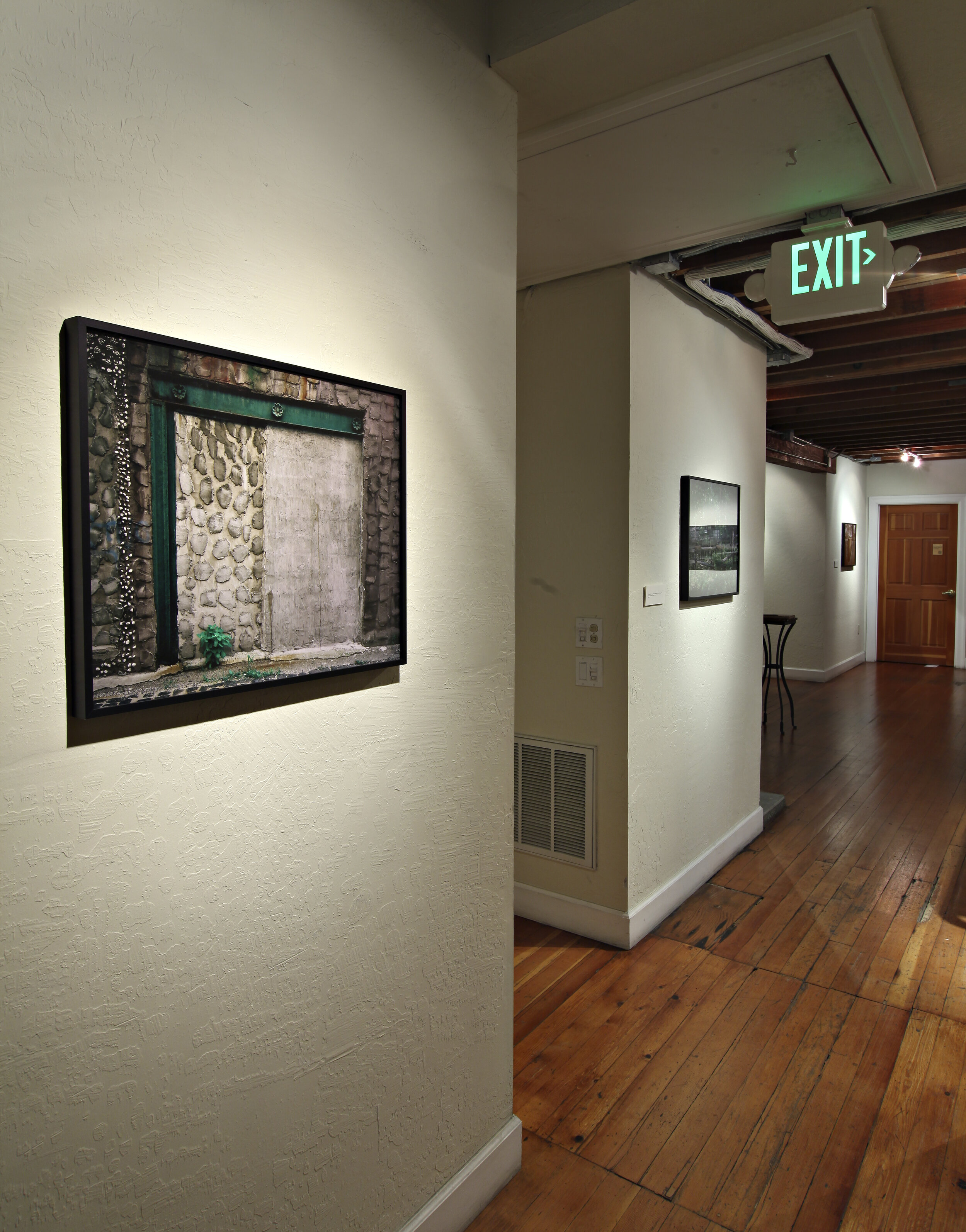
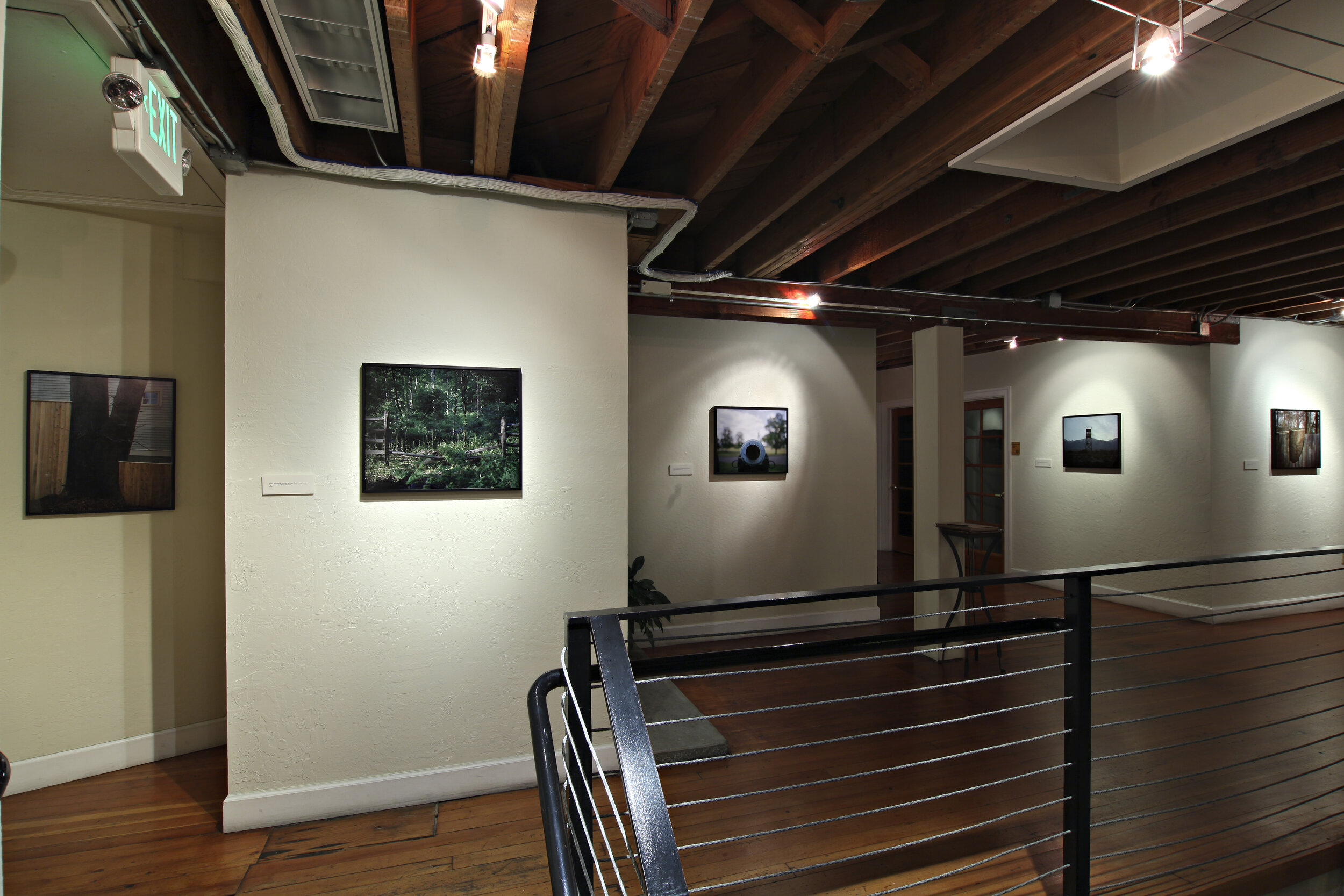
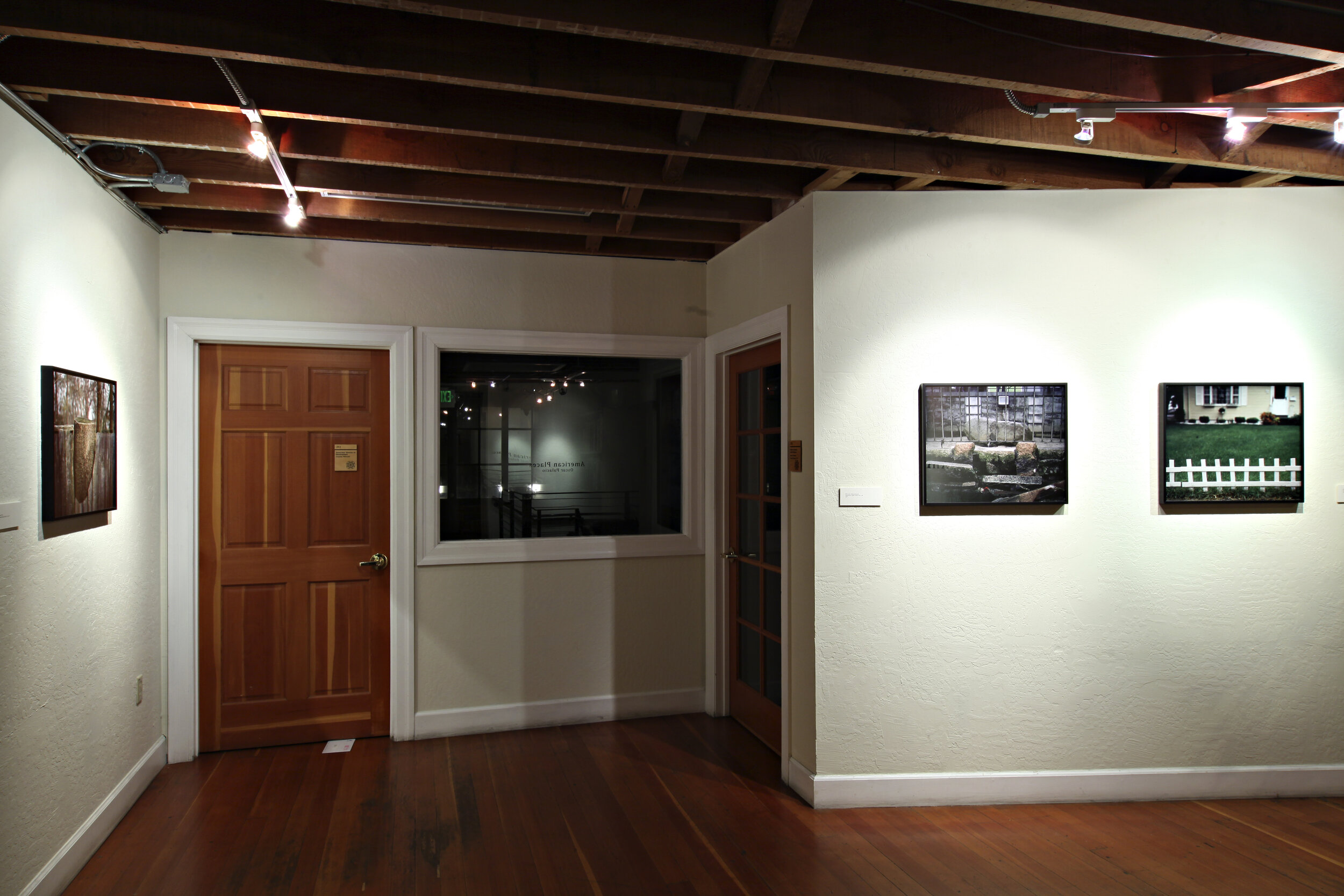
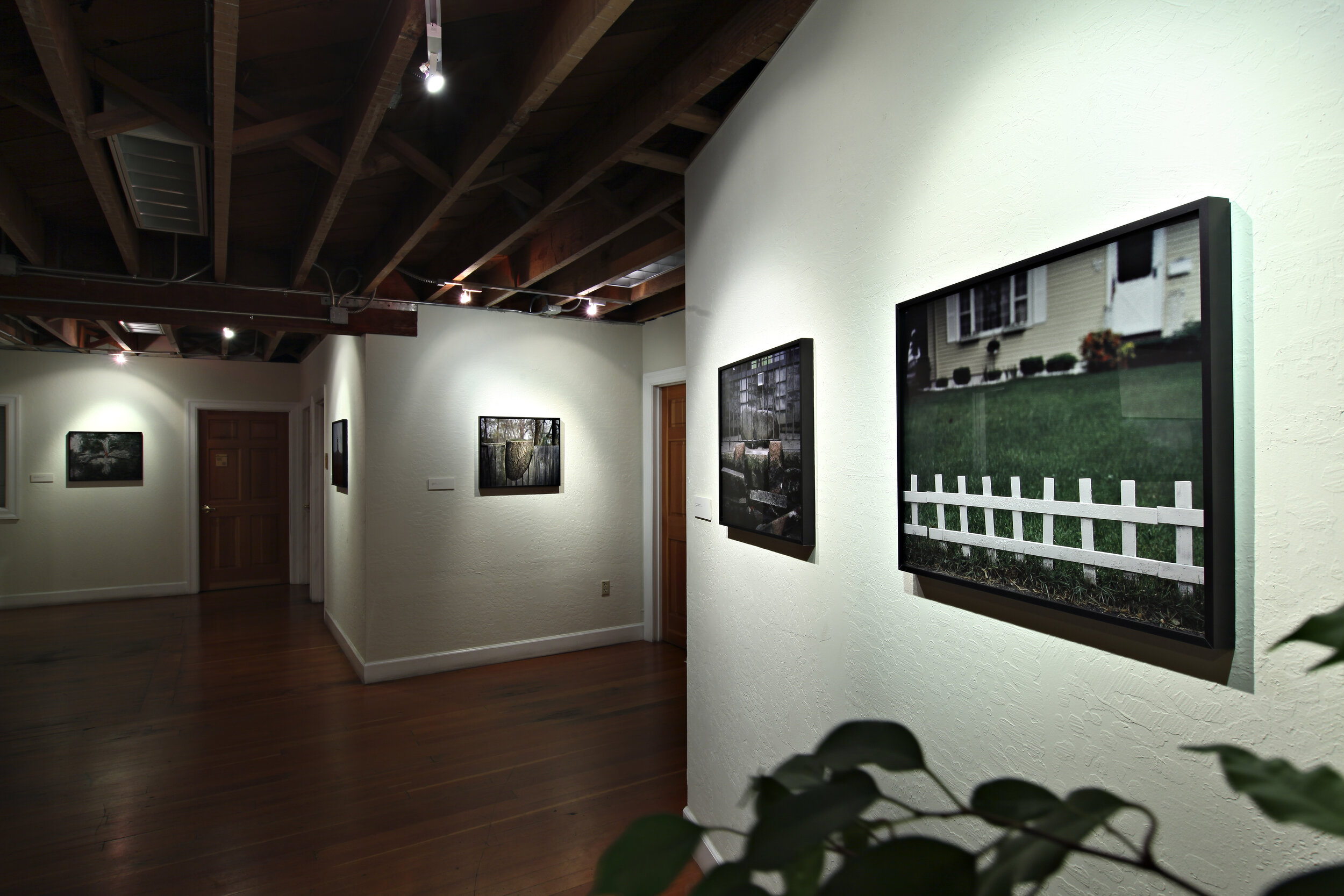
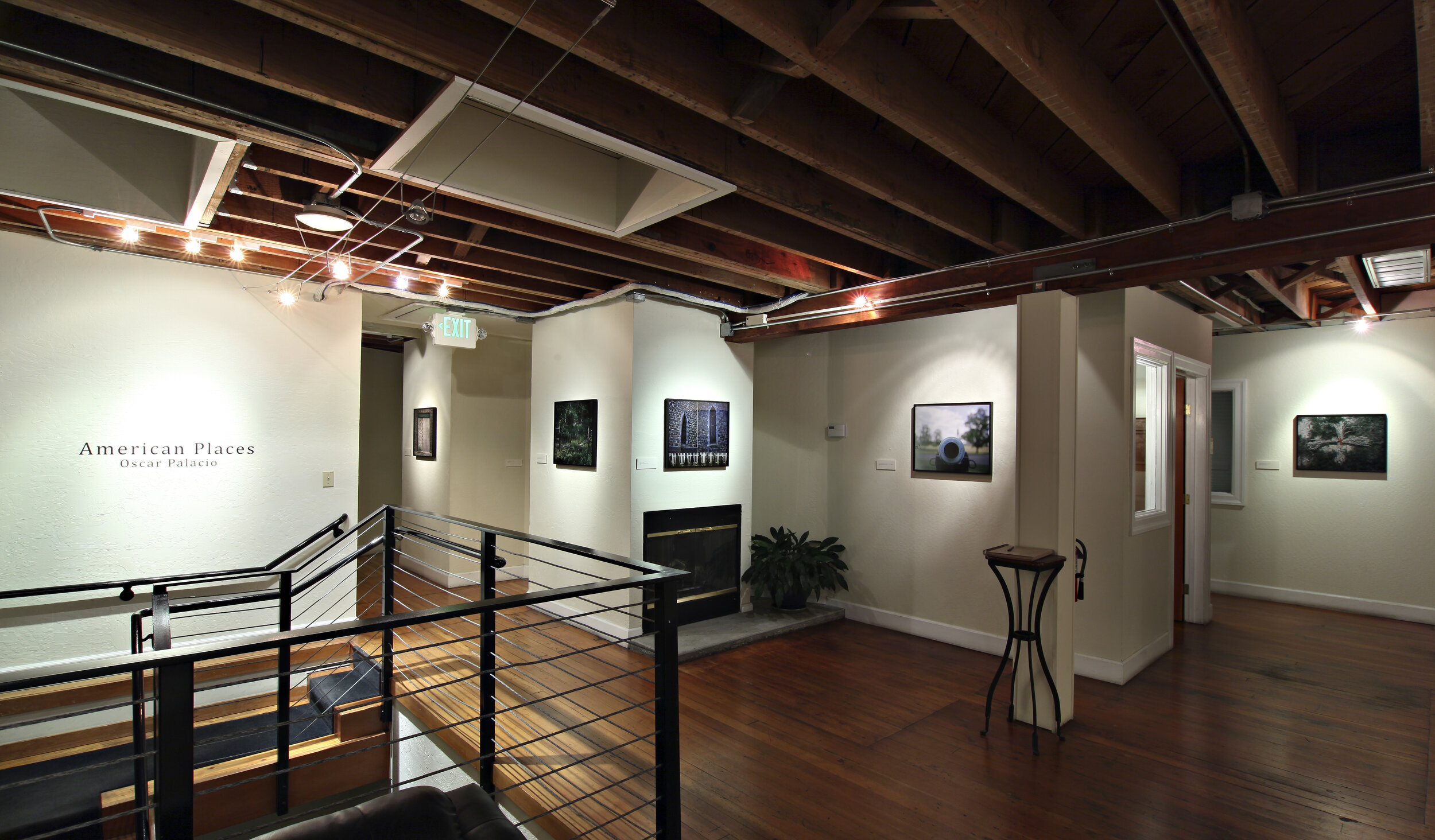


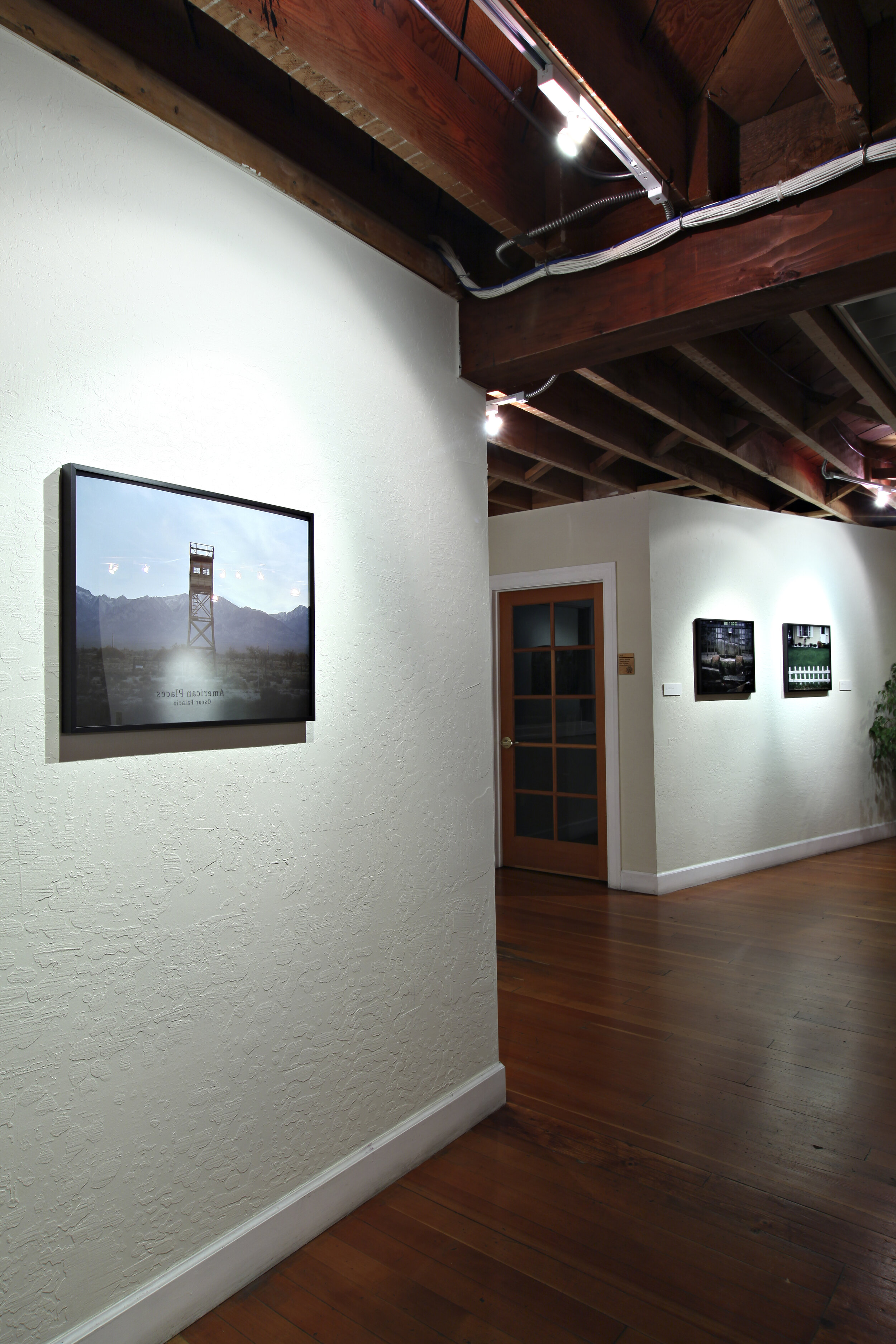
Revisiting History with Oscar Palacio
Deirdre Visser, Head Curator
It opens with a question—unwritten and open-ended, a muted gray punctuation pregnant with meaning. It is an immediate challenge to the viewer to be prepared for this version of history—for its sadness, its absurdity, its sublimity—and also, in the bigger picture, to question the ready assumptions we make when we look at photographs of the American landscape. Viewers tend to see what they already know rather than what is actually displayed before them; it’s the ironic by-product of our visual sophistication that we don’t see things very well. Thus, this official marker that appears to mark nothing useful is mocking us, telling us not so subtly to try again. Not knowing is not an option.
A granite monument marker that doesn’t even know the answer itself stands off-center and off-kilter. Photographing an historical site that is so strongly associated with the mythology of this country’s “founding,” Oscar Palacio isn’t seeking to foster nationalistic fervor with this bleak, unromantic view of a pier off Plymouth, Massachusetts. There is a columned, granite monument there, classic Doric columns enshrining what’s left of the actual Rock; Palacio observes this, too, from the backside of the fence. But first he shows us an ordinary scene of an unspectacular shoreline, visually complicating the historical narrative in a way that parallels the actual multiple histories that comprise the original event. It looks nothing like the painting.
Mt Rushmore. Gettysburg. Manzanar. Graves. Contested sites of pride, conquest, and shame both monumentalized and forgotten in the American landscape, sometimes there’s not much to look at, but they persist both in reality and in our imaginations. These are varied histories, juxtaposed here with earlier artists’ efforts to reckon with the unfolding narratives of a nation’s nascent icons, poignant parallels connecting the past to the present. Of course, photographers will record everything, from rows of toilets to grisly remains scattered in the snow, showing us more than we want to see. Where there were precise details are now only vague references, history obscured but not obliterated by neglect, disinterest, or simply differing approaches to memorialization.
When you visit these places, no matter how much information has been provided, you have to negotiate with your own unscripted response to these shared histories. You don’t expect to be moved by all the pomp and circumstance, all the granite, the surprisingly eloquent grandeur of what you nevertheless know to be desecrated holy land. You are halted by the haunting sensation of standing on hallowed, unmarked ground, the silent earth reverberating with everything it has been forced to observe, finding a way to reveal itself. These are your legacies, too, which is not just why but how you’re standing here, bearing witness to the complex definitions of what it means to be in America.
Peering through stacked stones at a single headstone in the distance is like playing peek-a-boo with memory, suggesting just how easily a shift either right or left can disrupt one’s entire perspective. How you see it all depends upon where you’re standing. There are histories here that hardly seem past; shiny coins and a dance of footprints mark an otherwise unremarkable site of burial as though the stone was only recently laid. In fact, this whole desert landscape is unchanged, a place frozen in time for more than sixty years standing as a mute witness to humanity’s atrocities. Save for the generous tumbleweeds, it looks practically benign, like a dusty getaway that’s no longer a popular destination spot.
It closes with an enigma: a bisected viewing pavilion in deep shadow carefully framing a scene that refuses to flaunt its significance—the final glance back, perhaps, as the visitor trudges back to the rental and goes home to sort through these new memories of memories he has just created. While this is one incidental view from the parking structure of which surely few travelers take notice, it is visually arresting and, for Palacio’s re-history, a perfectly inconclusive ending chapter.